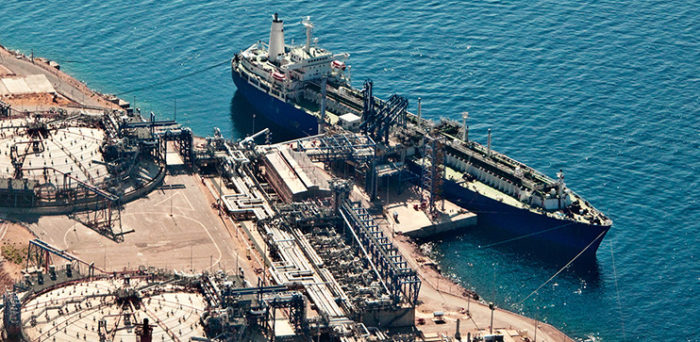SEA\LNG announced that it has welcomed Japan-based Marubeni to its expanding membership. With the addition of Marubeni, the SEA\LNG coalition bolsters its efforts to drive forward LNG as a marine fuel, and to progress its role in the energy transition within shipping.
SEA\LNG chairman and executive vice president of TOTE Inc., Peter Keller said: “Marubeni has a great wealth and breadth of expertise in relation to LNG and we welcome their knowledge as we continue to support the energy transition in shipping. SEA\LNG will continue to unite organisations that work together to address market barriers to LNG uptake, and to help transform the use of LNG as a marine fuel into a global reality.”
Marubeni Corporation has been involved in LNG industries by equity participation in liquefaction projects, trading, gas-fired power projects, and owning LNG carriers. The company also has a history of bunker fuel trading for more than 40 years.
Akihiko Sagara, Executive Officer and Chief Operating Officer of Energy Division, Marubeni Corporation said: “Together with our partners, we look forward to collaboratively working towards a cleaner, more efficient shipping environment.”
As the coalition explains, LNG far exceeds alternative options in terms of emissions reductions. It emits zero sulphur oxides (SOx) and virtually zero particulate matter (PM). Compared to existing heavy marine fuel oils, LNG can emit 90% less nitrogen oxides (NOx) and through the use of best practices and appropriate technologies to minimise methane leakage, offers the potential for up to a 25% reduction in GHGs.
SEA\LNG is a multi-sector industry coalition aiming to accelerate the widespread adoption of liquefied natural gas (LNG) as a marine fuel. Since its launch in July 2016, SEA\LNG’s membership has quickly grown from 13 to 25 members, clearly indicating the industry’s attention to LNG as a cost effective, safe, and more environmentally friendly long-term fueling solution. The coalition continues to voice its views on the need to work collaboratively with key players across the entire LNG value chain, including shipping companies, LNG suppliers, infrastructure providers, classification societies, downstream companies, major ports, and OEMs (original equipment manufacturers) to break down the barriers to LNG uptake ahead of the global sulphur cap from 2020.





























































